For Janet Lo, “interdisciplinary” is just another word for everyday. With a background in acting, she brings art, communication, education and nursing science into one role at the School of Nursing.
Lo is the standardized patient program director and SP educator for the Simulation Center. “SP” is an industry-standard term for both standardized and simulated patients. These are individuals who portray patients so students can develop their clinical communication skills.
“This is essentially acting,” Lo said. However, she is quick to emphasize: “It’s not our job to deliver an academy award performance.”
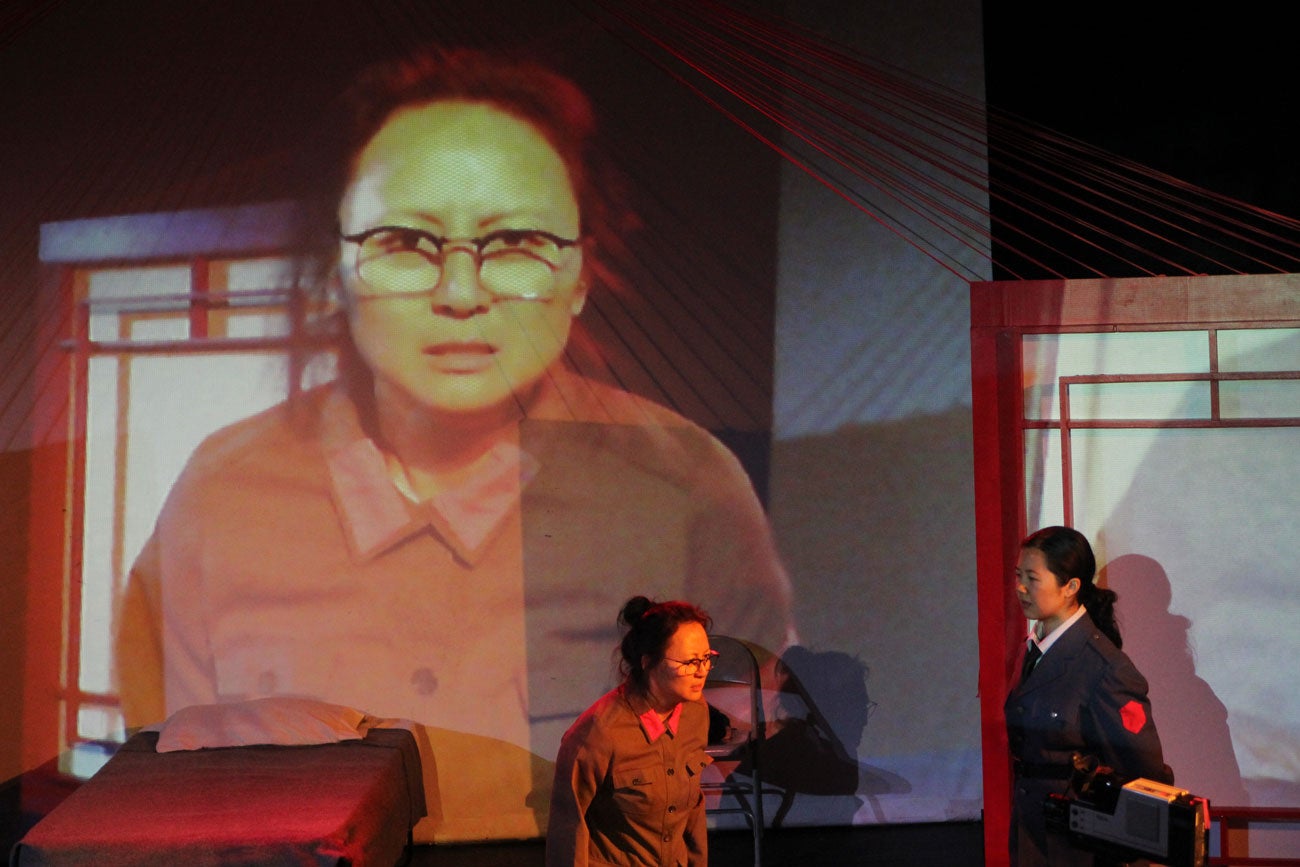
Instead, SPs must adapt during the simulation and respond to students in the most appropriate way for their learning. Lo explains it like this:
“Let’s say that I’m playing a really, really intense role where I’m upset and I’m crying, and the student is struggling with that. If I was just an actor, I’d continue to do what I’m doing. As a standardized patient, if I see that they’re struggling with that, I may help them out a little bit.”
In this way, an SP’s job is more back-and-forth communication and less one-way performance, much like improvisation.
“We want to see how they’re interacting with us on a human level,” Lo said. “As a standardized patient, we have to be pliable that way and know who our audience is, and really, our role in the room is to give the student the opportunity to learn and practice their skills.”
But before Lo ever began educating, she was acting.
From stage to Simulation Center
Lo began her career primarily as a stage actor in Toronto. But she knew she would need what she called a “survival job” – steady income that paid the bills and put food on the table. “It made sense to become a standardized patient,” she said. So for ten years, that’s what she did.
“There was enough work in Toronto for me to make a living as a standardized patient,” Lo said. “It was a lot of juggling – you have to be really organized – and I always had a big calendar beside the phone.”
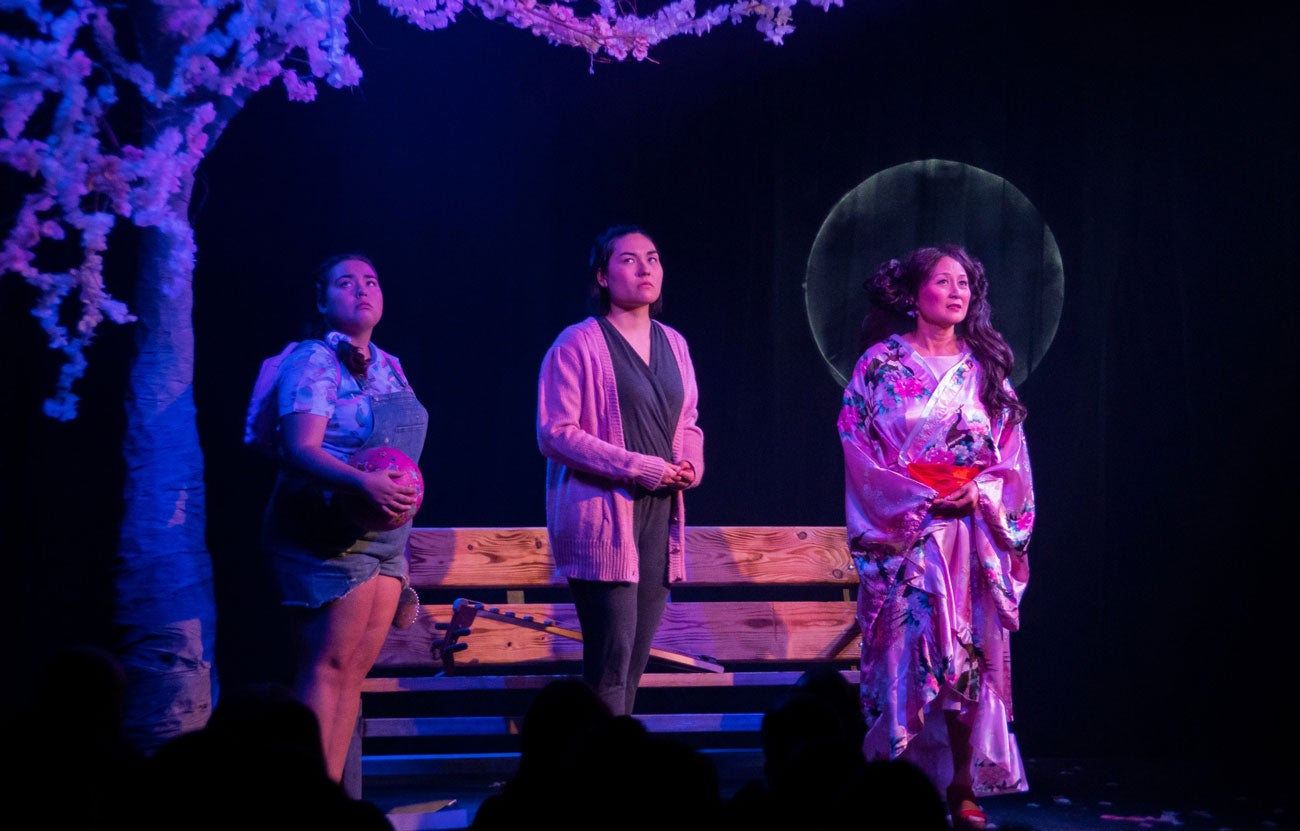
Later when her family moved to Boise, the first thing Lo did was google: Boise standardized patients. “Sure enough, the School of Nursing had a standardized patient program,” she said. “So I called them.”
Lo soon established herself as a regular SP at the school. She also found jobs at the Idaho College of Osteopathic Medicine and in corporate simulations doing similar SP work with managers and executives. “That’s where I learned how to give really good, effective feedback,” she said.
Lo soon became an expert in the craft, developing top-notch skills in organization and communication, and training other SPs in how to give effective feedback. It didn’t take long for others at the School Nursing to notice her skillset, and she soon found herself in her current full-time position.
Now she spends her days immersed in the world of standardized patients, from scheduling to training and scenario preparation. The most recent in-person training session Lo led included tips for memorization and feedback, a refresher on syncing one’s demeanor and dialogue – an essential skill for non-actor SPs – and improvisation. Lo also helped create educational videos to demonstrate unfamiliar physical signs/symptoms that an SP might have to portray.
Effective communication for effective education
For SPs at the School of Nursing, “a big part of what we also do is we give [students] feedback that they’re probably not going to get in the clinical setting,” Lo said.
The most helpful feedback is the most specific, so SPs must be able to split their attention between what’s happening in the fictional simulation and what teachable feedback they want to remember for the end of the scenario.
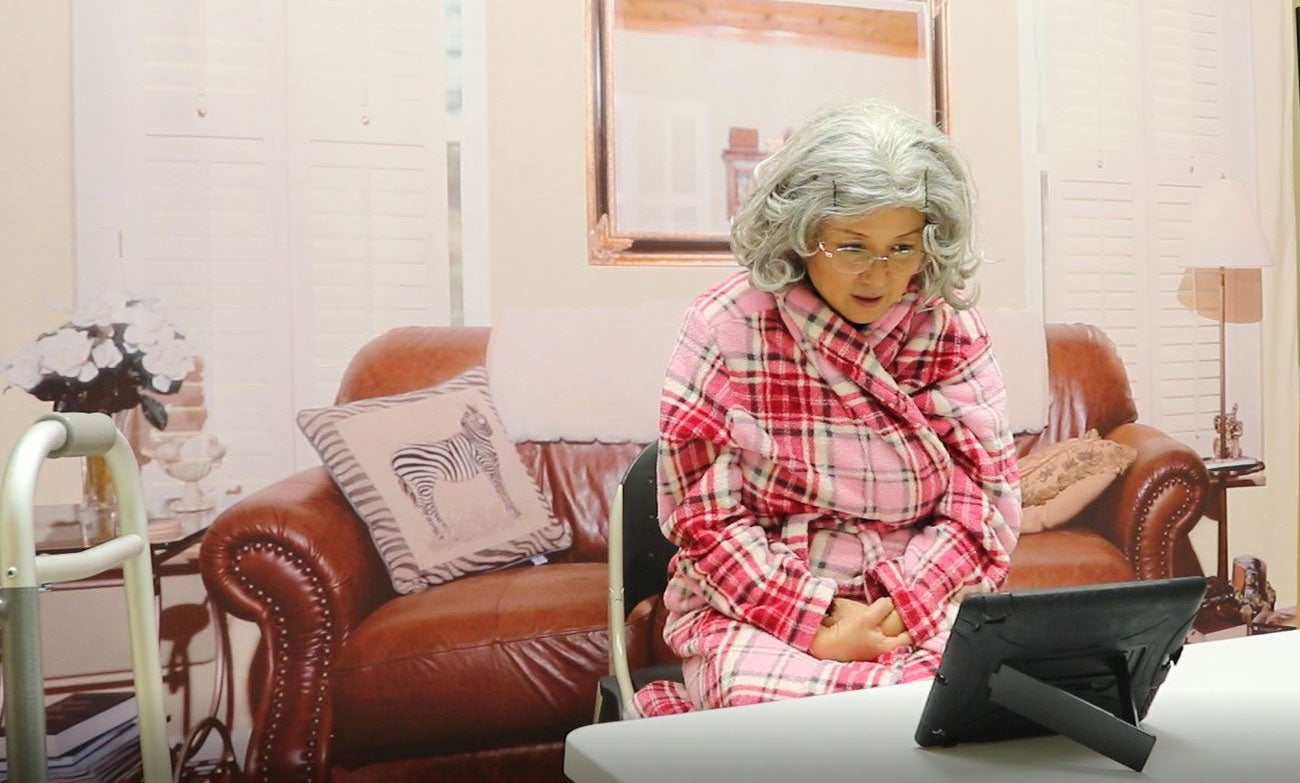
“When we’re standardized patients, we’re also educators,” Lo said. “We’re part of their learning.”
Besides the fact that manikins can’t offer feedback, employing standardized patients also enhances the realism of the simulation. They provide an environment one step down from the clinical setting that still incorporates the very human elements of body language, inflection and emotions.
“Experiential learning is a really effective way to teach our nursing students how to become good nurses,” Lo said. “It gives them the opportunity to practice skills in a safe environment.”
Lo used the example of students learning to break bad news to a patient or their family: “If you already had the opportunity in a simulated environment to give bad news, maybe next time you can formulate your thoughts better, listen more, and communicate in a more effective way,” she said.
Educating as an artist
In addition to her role at the Simulation Center, Lo remains active in the arts. Most recently, she wrote and acted in a play featured in a Toronto festival, acted in a film slated for release on Netflix next December, and she is performing with the Boise Contemporary Theater in an upcoming show ‘The Christians’.
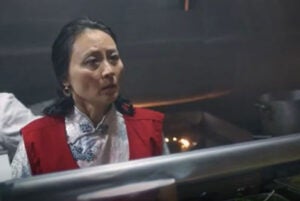
When people ask Lo for advice as an artist, her automatic reply is always the same: be good with money.
“As an artist, it’s feast or famine,” she said. Needing steady income is what led her into SP work; now thanks to her full-time position, she doesn’t need to stress about days of “famine.”
“Not worrying about money has freed me up creatively,” Lo said, describing the reciprocal relationship of her work. Her job in the Simulation Center supports her art, and her creativity spills over into her daily responsibilities.
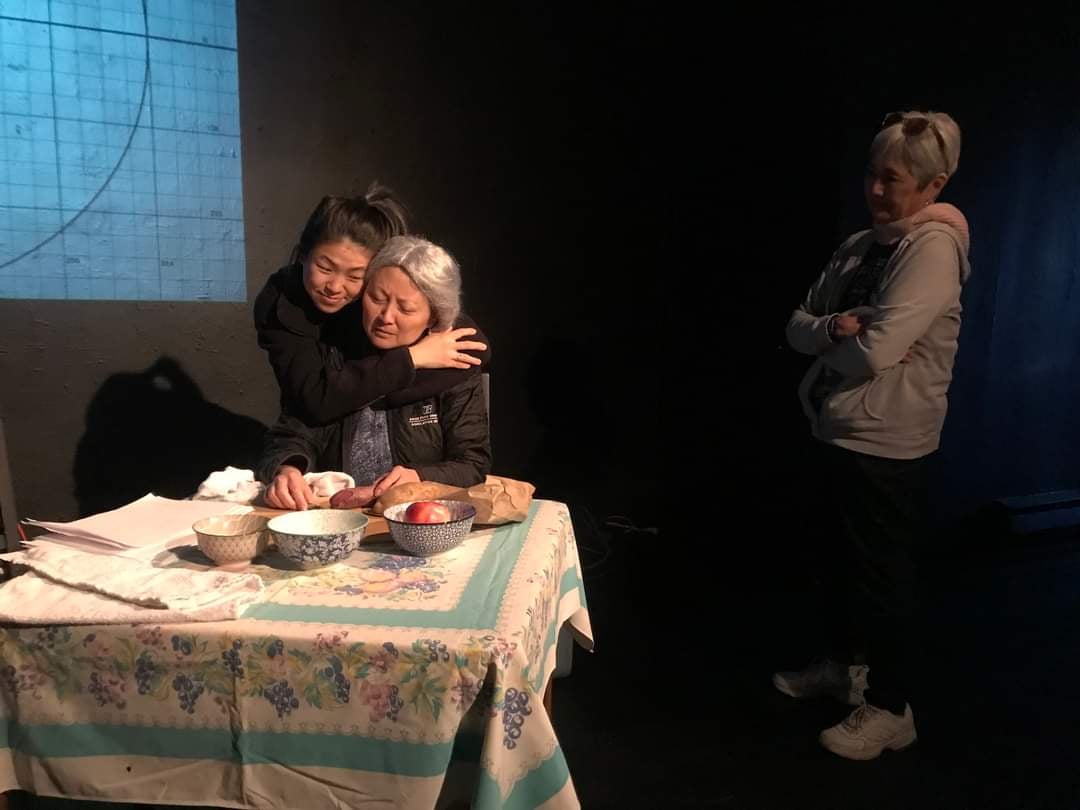
Now Lo feels delighted to be in the university setting after becoming an expert not by structured academia, but by firsthand experience and “learning as I went,” she said. She’s finding her place in the School of Nursing and recognizes her value to the Simulation Center. Although much of her work goes on behind the scenes, Lo loves training other SPs to be the best educators they can be.
Because of Lo’s work, the center’s team never has to worry if their SPs are good enough; because of Lo, they know they are.
“Janet [Lo] has built our standardized patient program from a small pool of minimally-trained medical actors to a large team of organized, regularly reviewed, and specialized professionals,” said Casey Blizzard, the operations coordinator at the Simulation Center. “Her ongoing work is invaluable to the Boise State simulation department and continues to improve our health science educational programs.”